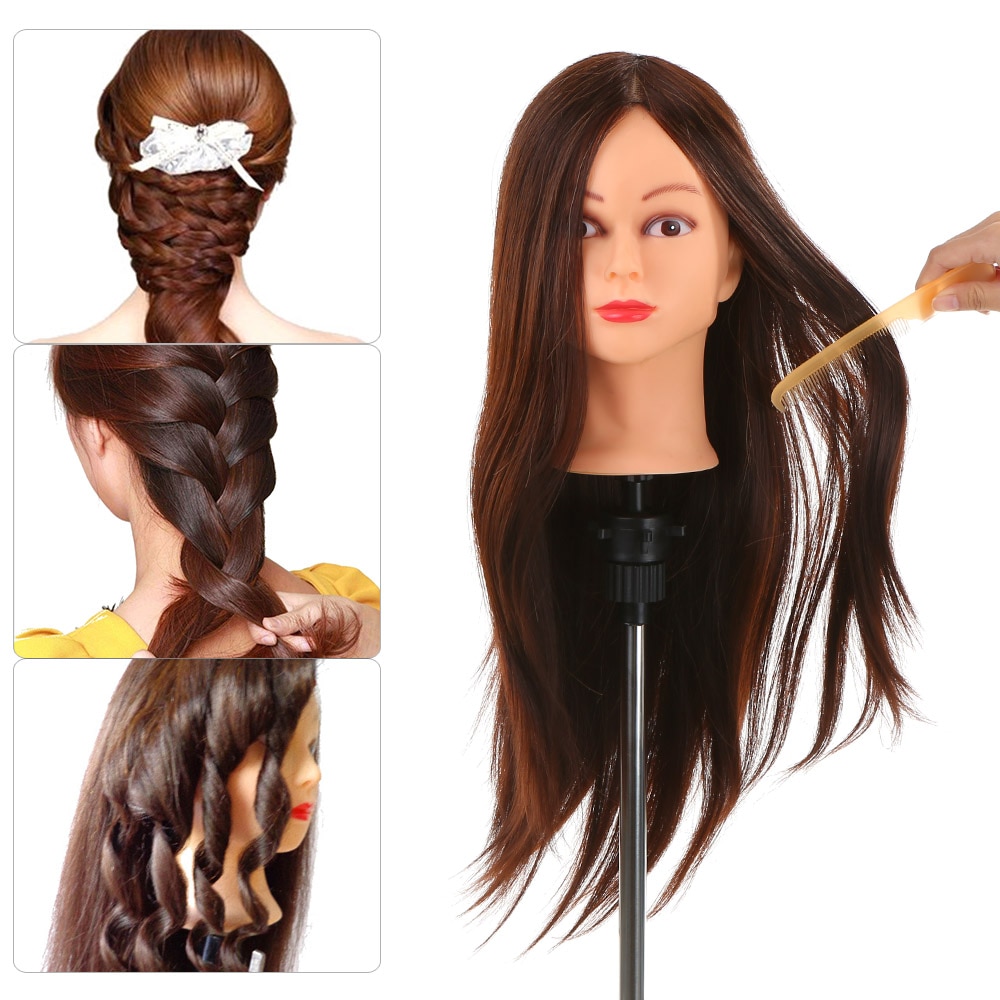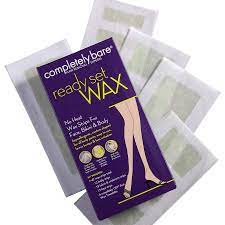
Less greasy hair
There’s a theory that washing your hair less frequently can reduce oiliness by using shampoos that strip natural oils, causing the scalp to produce excess sebum. To combat this, switch to a gentle, sulfate-free shampoo and use dry shampoos and texturizing sprays between washes. Limit greasy food consumption and avoid touching hair with oily hands. Consider dandruff treatments or consult a physician for medications that can help reduce oil-stimulating hormone production.
Less breakage
Establishing a regular hair-washing routine can minimize breakage. Choose a gentle shampoo that won’t strip natural oils, and brush or comb your hair regularly to distribute oil evenly. Consider using an apple cider vinegar rinse. You strip away natural oils every time you shampoo, leading to an overproduction cycle. By training your hair, you can gradually decrease sebum production and reduce the need for frequent washes.
Less time spent styling
Frequent washing of natural oil strips leadso an overproduction cycle and dirty-looking, oily hair. Hair training helps decrease sebum production and allows more time between washes. Brushing between washes spreads existing sebum evenly. Results may vary, and individual scalp and hair type play a role in the effectiveness of hair training.
Less time in the shower
hair training reduces the need for frequent shampooing and extends the longevity of dye jobs. It also prevents breakage, which is especially important for curly hair or if you use styling products. Start with a clarifying shampoo to remove buildup, then use dry shampoo as needed. Opinions on hair training vary, but finding the approach that suits your hair type and care routine is essential.

